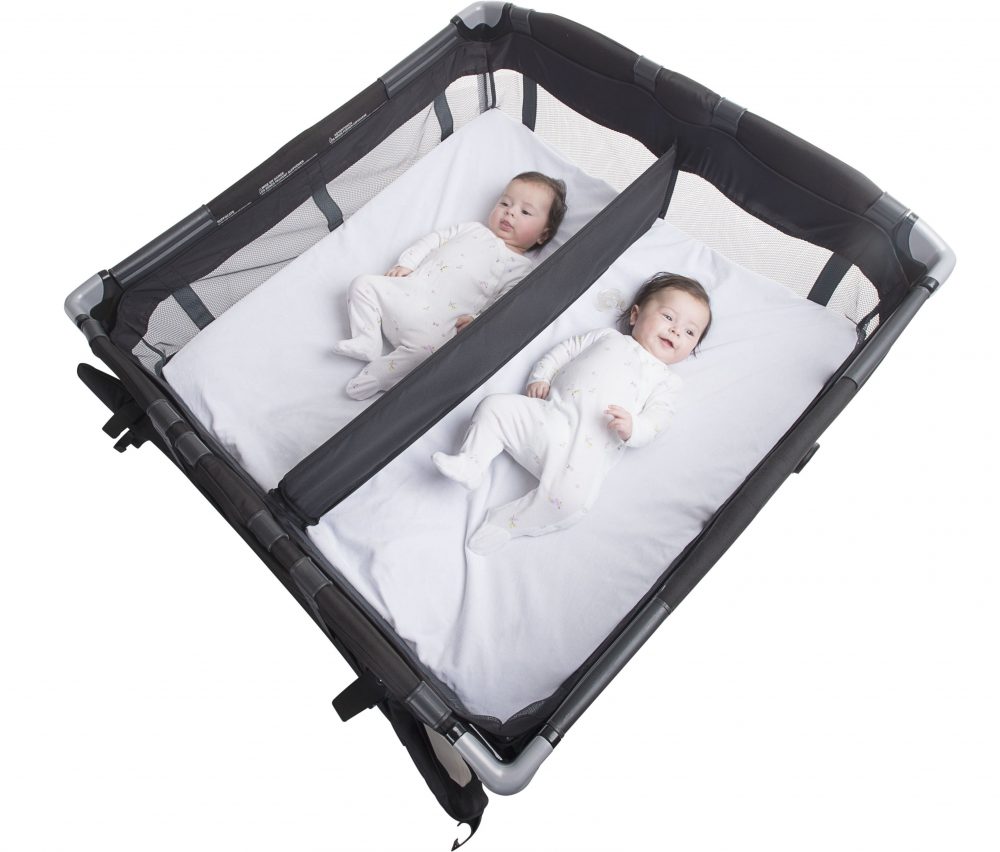Our son didn’t start driving until he was 19. Since he started at a late age, we hoped his insurance wouldn’t be as expensive as if he had started driving at 16. Unfortunately, we were wrong; insuring an inexperienced driver costs a lot regardless of age. Here’s how we’re handling car insurance for our teen college student.
Should He Have His Insurance or Be Insured Under Ours?

Our first decision was if he should have his car insurance or be insured under our insurance. We already knew we wanted him to pay the car insurance. When the quotes came back, we knew we had to have him on our insurance. To put him on his insurance was almost four times as expensive as putting him on ours.
How Can We Protect Ourselves Financially?

Our next decision was how to protect ourselves financially if he had an accident. Since he’s under our insurance, if our son had an accident with another vehicle, the victims could sue us. So, we decided to get an umbrella policy. Without a teen driver, the umbrella policy was only $260 a year. Once we added our son to our insurance, our umbrella policy increased to $500 a year. However, this policy provides us with an additional $1 million in protection. Our insurance agent also assured us that if we were to get sued, the insurance company would put their lawyers on the case because they wouldn’t want to pay a million-dollar settlement.
Requirements for Umbrella Insurance

To qualify for umbrella insurance, we had to have our car premiums at a certain level. We could not have PL/PD on the 19-year-old vehicle our son drives. Fortunately, we already have insurance on all our cars and our home at the appropriate level.
Finding Discounts
In addition to putting our son on our insurance, we also looked for other discounts. We’re insured with State Farm, and they had several more discounts we could utilize:
Multiple Line

We got a multi-line discount on all our policies because we have several cars and our home insurance through State Farm.
Good Student

Our son maintains a 3.6 GPA at college, so he qualifies for a good student discount. Every semester, he must submit his report card to verify he’s maintaining his GPA.
Drive Safe and Save

He took advantage of this discount by downloading the app on his phone and installing a beacon in his car. This records data on how he drives, and he gets a discount for safe driving. (If the driver’s driving does not warrant a discount, they are not penalized. However, they don’t get the discount.)
In addition, State Farm had an online course that new drivers take to save even more. My son took that course.
Final Thoughts
Car insurance for a new teen driver is expensive. However, we’ve found a way to make it affordable thanks to putting our son on our insurance and utilizing multiple discounts. In addition, while we pay for the umbrella insurance, our son pays for his insurance, which incentivizes safe driving. And his policy will drop significantly once he gets through three years of driving with no accidents. Only two-and-a-half more years to go!
Read More
4 Tips to Save on Car Insurance for Teens
7 Reasons You Shouldn’t Buy Your Kid a Car
Melissa is a writer and virtual assistant. She earned her Master’s from Southern Illinois University, and her Bachelor’s in English from the University of Michigan. When she’s not working, you can find her homeschooling her kids, reading a good book, or cooking. She resides in Arizona where she dislikes the summer heat but loves the natural beauty of the area.
















